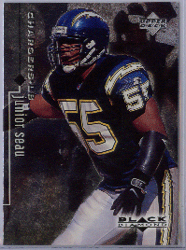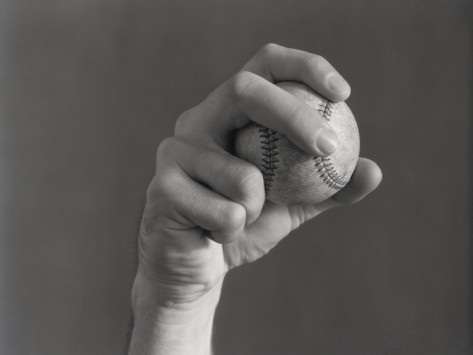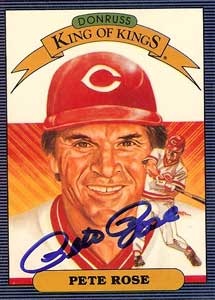A base-runner steals second with ease and takes an aggressive lead off second. The pitcher delivers a pitch to the plate and the catcher makes a powerful pick-off throw behind the runner to the shortstop at second base. The base-runner, scrambling, dives back to the bag and is safe by a whisker. Next pitch, same scenario. The base-runner avoids being picked off, by the slimmest of margins. Third pitch, the catcher is confident and fires a dart to second base. As soon as the ball is in the air, the base-runner breaks for third base. He arrives safe, easing into the bag as the shortstop, on second base behind him, catches the ball. The defense was so concerned with the pick-off, they forgot that the base-runner wants to go forward, to the next base.
The aggressive and capable base-runner always looks to advance, to go forward, opting for the right time and the right place to take the next base in safe fashion. This base-runner, blessed with speed, smarts and great instincts, baited the catcher into making an unnecessary throw and stole a base with ease.
Think "forward" as the goal and advance one base closer to scoring a run. Go forward; go great.
The aggressive and capable base-runner always looks to advance, to go forward, opting for the right time and the right place to take the next base in safe fashion. This base-runner, blessed with speed, smarts and great instincts, baited the catcher into making an unnecessary throw and stole a base with ease.
Think "forward" as the goal and advance one base closer to scoring a run. Go forward; go great.




 RSS Feed
RSS Feed
